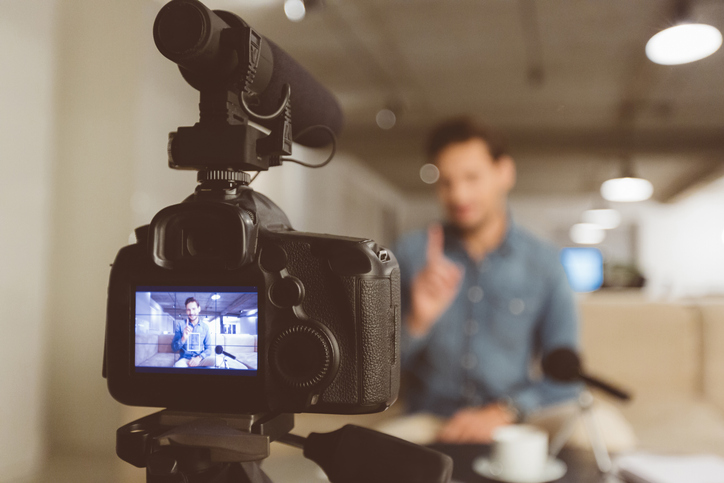Your Information Is Safe With Us. The Data Center will never sell, rent, share or distribute your personal details with anyone. In addition, we will never spam you.
When it comes to watching videos online, no name comes to mind more often than YouTube. They host nearly 2 billion users each month. 60% of people now prefer watching YouTube to watching TV. 80% of people under 49 are watching videos on YouTube.

It’s popular. We get it. Everyone is on it. And there’s a huge variety of content from funny cat videos to videogame walkthroughs to guided meditation. And the fact is that regardless of whether or not you have any reason to hide what you’re watching, it’s no one’s business what you watch on YouTube as long as it’s not illegal. And even that can be a gray area.
Despite this fact, you should know that everything you do on YouTube is very carefully monitored by the company. And you have to ask yourself, just how many of your personal preferences does YouTube have a right to? According to the privacy policy, they have a right to everything. But you do have the option to go incognito. And we’ll show you how.
But first, what does YouTube do with your viewing history?
YouTube is owned by Google, one of the biggest and most powerful tech companies in the world. Through Google’s many tech assets, they can gather endless amounts of data about you. While we don’t believe Google has any nefarious intentions for this data, we do know that Google puts this data to work to expand the empire they’ve built, primarily by enhancing their ad platform.
In a practical sense, they use this data to learn about individual and demographic behavior. What ads do you click? What makes you click? How long do you watch videos? What do you watch? All of this information helps a company like Google show you more relevant and targeted ads that may be hard not to click because they’ve been engineered with such precision.
Modern analytics allows Google to glean endless amounts of data and aggregate it into a useable form. Using artificial intelligence (A.I.), they can automate this entire process. Each time you visit, it learns something new and continually adjusts the algorithm to deliver more targeted ads.
In YouTube specifically, they can also use viewing data to make relevant recommendations to you.
This technology is actually great. It has opened the doors for personalization and relevancy in advertising that can’t otherwise be achieved. And people love that. 57% of people say they’re willing to share more data for a more personalized experience. But you have a right to control this flow of information.

These instructions are the same whether you’re on Apple or Android. In order for this to work, you do need to log into your YouTube account. And before we go any further, let’s get one misunderstanding out of the way. Just because you don’t log in doesn’t mean they don’t track you. They put cookies on your device to track every visitor.
Follow these steps.
But you may still have a pressing question. We’d like to address it.
Personalization is pretty cool. YouTube can very quickly figure you out and recommend things that you weren’t even thinking to search for but would love to view. YouTube’s personalization is kind of like having your own personal assistant that knows you so well that they can always recommend the perfect thing.
Sometimes that you might want to consider privately watching include:
Yes, YouTube and their parent company Google are collecting a lot of data about you. They use this data to enhance your online experience. And most of the time, personalization is awesome. But you may not always want this data collected. And you have the power to say when you’d prefer not to share. Use incognito to watch YouTube videos privately when you want to and turn it back off to get the best recommendations.